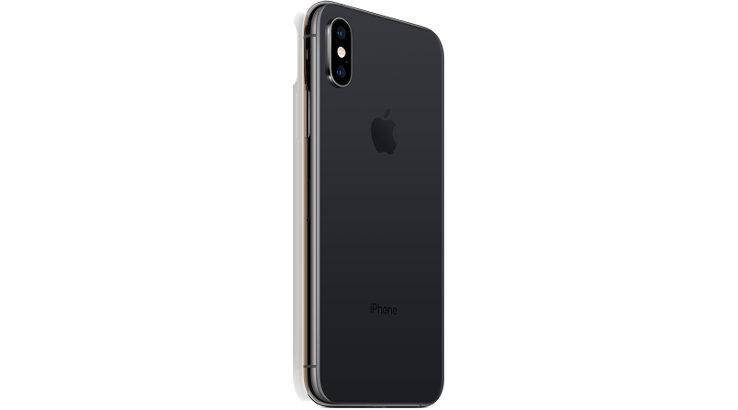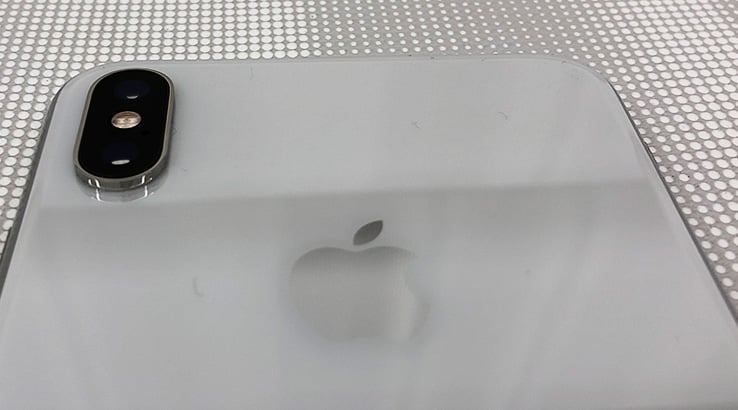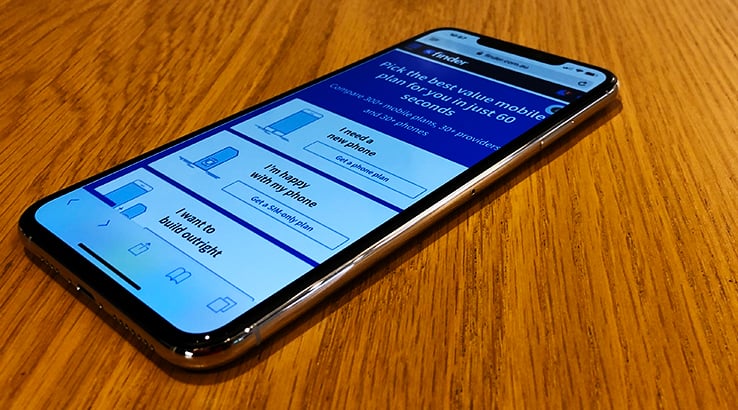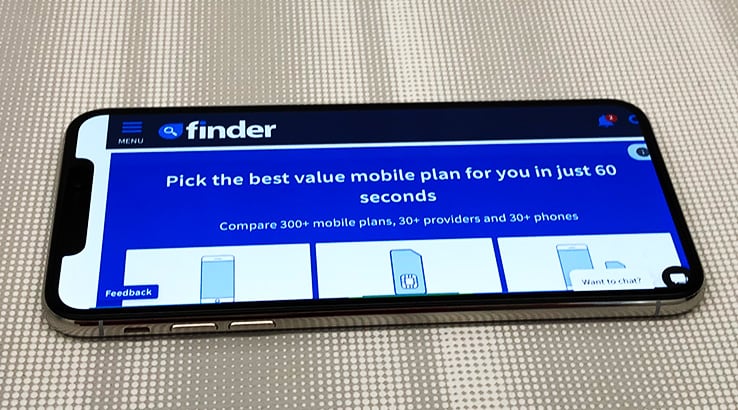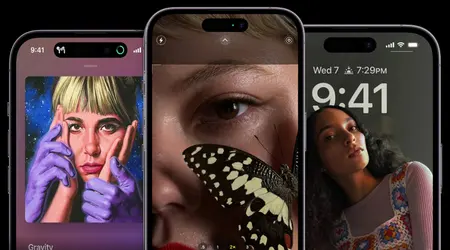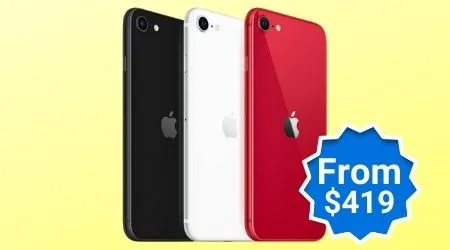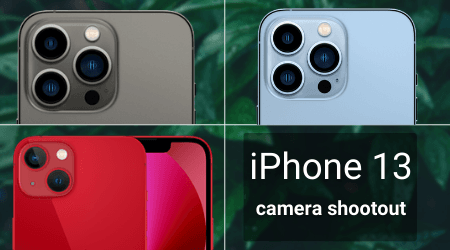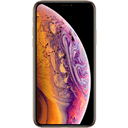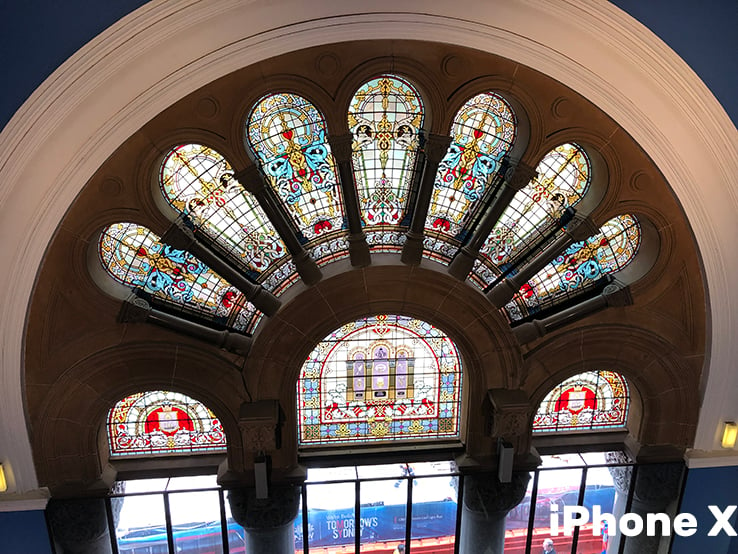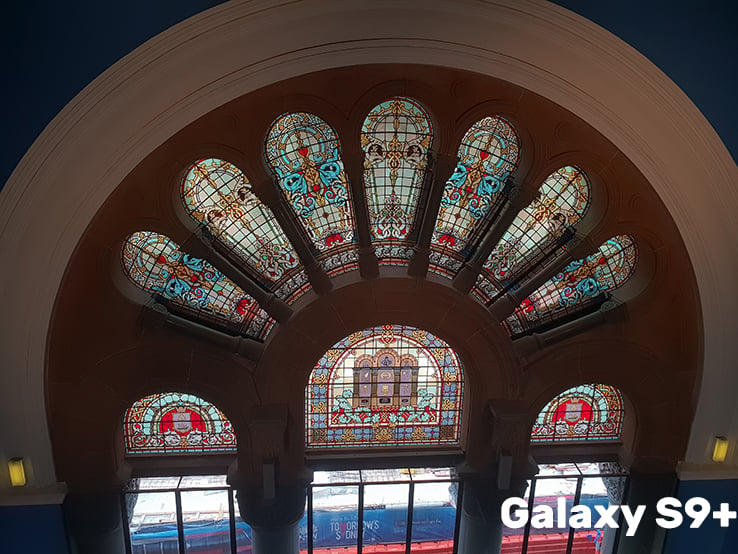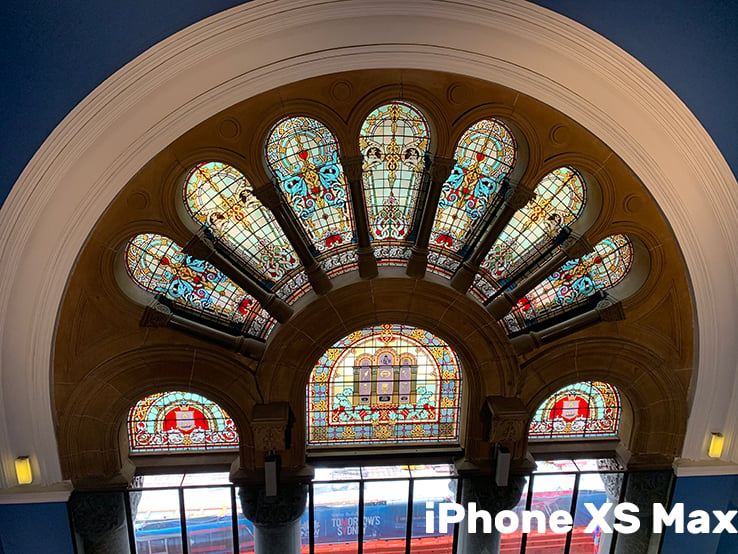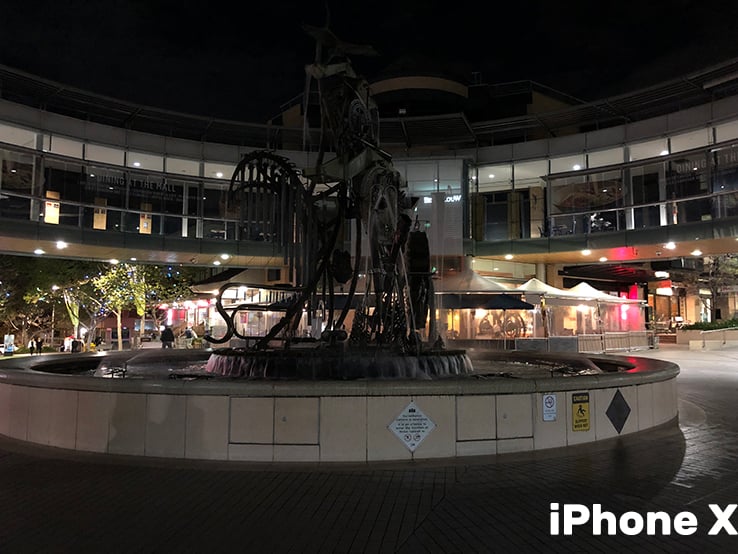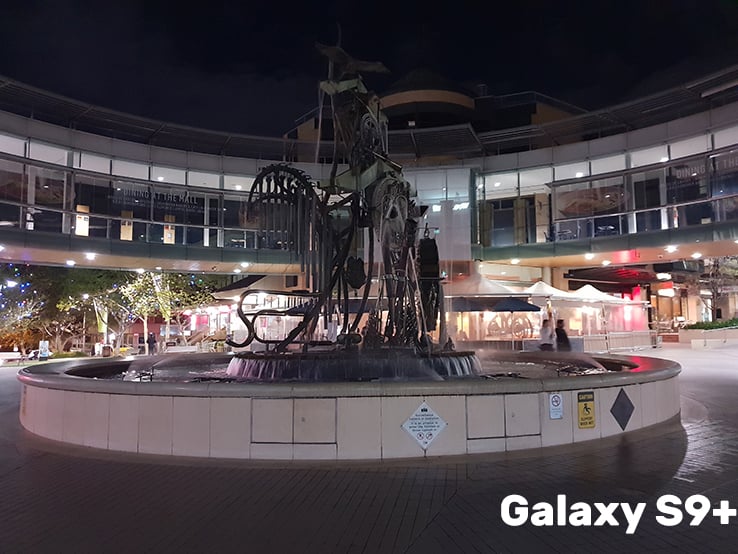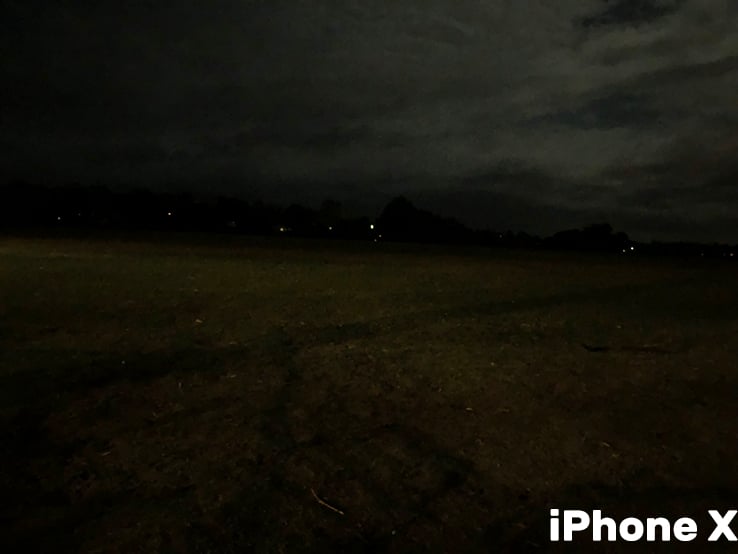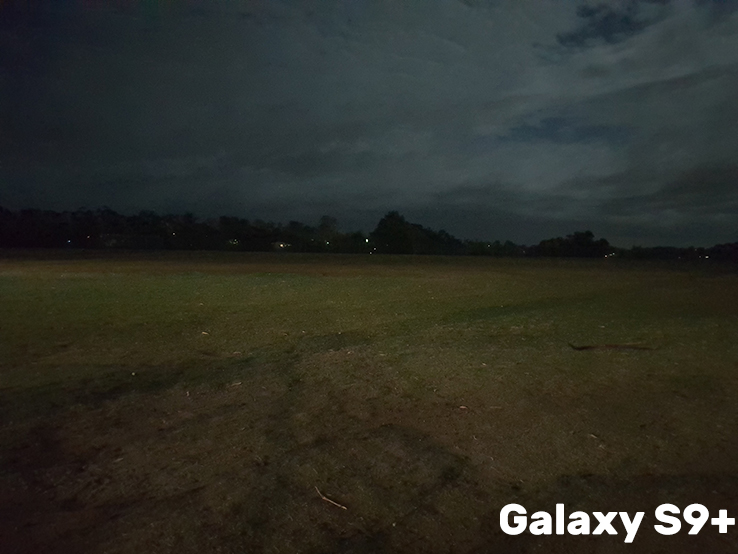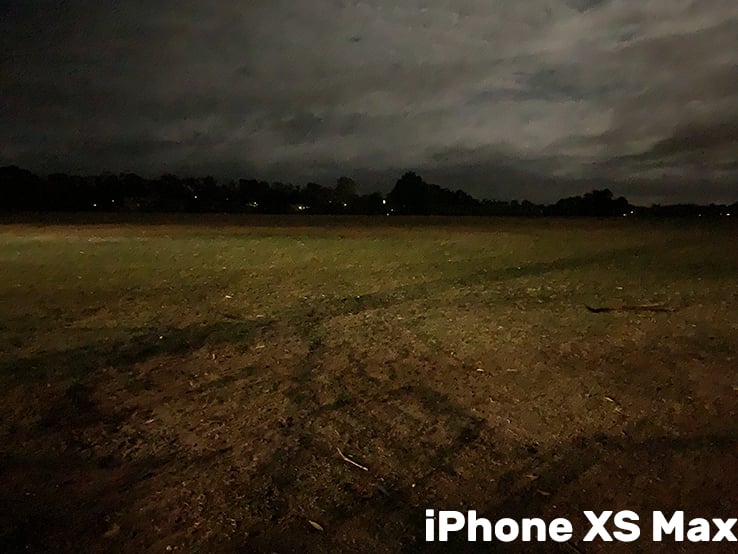Apple put itself firmly in first place for processor performance with the stellar Apple A11 Bionic at the heart of the Apple iPhone X, so it had its work cut out to do even better with the A12 Bionic that runs the Apple iPhone XS.
It's managed just that, with a processor capable of some truly astounding computational performance.
The A12 Bionic is Apple's first processor built on a 7nm process. You might not care about how big the processor is, but what you should care about are Apple's claims. It states that the A12 Bionic has up to a 50% power usage boost over the A11 Fusion, along with up to a 15% increase in performance and 50% better GPU performance. Remember, the A11 Fusion was our previous high watermark for CPU performance on mobile devices, so those are some pretty bold claims.
Generally speaking, the iPhone XS backs them up. Here's how it compares using Geekbench 4's CPU test against a range of premium handsets.
The A12 Fusion running the iPhone XS, iPhone XS Max and iPhone XR is the best processor at a benchmark level we've ever tested, and the iPhone XS narrowly beats out the larger iPhone XS Max in that benchmark test. However, it's not a significant gap between the two, given the light variability of most benchmarks.
It's not quite the same story for graphics benchmarking. The iPhone XS performs well, but not at the top of the premium smartphone space:
Apple does have support for OpenGL, which is what the 3DMark Slingshot Extreme test evaluates, but its own Metal API is fast becoming the preferred (at least by Apple) way to measure graphics performance.
There's little doubt in my mind that this is where that 50% GPU boost figure is from. In any case, within the direct iOS hierarchy, the iPhone XS sits just below the iPhone XS Max, which is frankly, great company to keep.
A phone is more than just benchmarks, however. The iPhone XS is suitably slick in real-world use with actual iOS apps, but you absolutely should expect that.
The A12 Fusion is an incredible processor, but when will we see apps that really push it hard?
The iPhone XS runs very well on iOS 12, and apps launch rapidly as you'd expect, but that's for applications that, at best, were written with the A11 Fusion in mind. There's a massive untapped overhead here that isn't being stressed by the A12 Fusion just yet.
The A12 Fusion is an incredible processor, but when will we see apps that really push it hard?
The iPhone XS and its 2018 siblings are Apple's first phones capable of gigabit LTE speeds – as long as you're in an area where that's supported.
You're most likely to get those speeds around the CBDs of Australia's capital cities, rather than in regional areas.
iFixit's teardown suggests that Apple has indeed switched over to the Intel modem camp and away from Qualcomm. That does mean that some competing Android handsets that push up into Category 18 or Category 21 will outpace the theoretical network performance of the iPhone XS. As always, that will depend on the network you're on and the conditions at the time.
The Apple iPhone XS ups the water resistance ratings for iPhones with IP68 water resistance, up from IP67 on previous models.
IP68 is great in terms of water endurance... at least in theory. At launch, Apple went to the extent of claiming that it had tested the iPhone XS in a variety of fluids, from water to milk and even beer.
That's a fascinating admission, partly because IP-rated water resistance is meant to be in pure lab water only, but mostly because while it's upped the stated water resistance on this year's iPhones, there's no change in Apple's official Australian warranties.
They state explicitly that it doesn't cover damage caused by "accident, abuse, misuse, fire, liquid contact, earthquake or other external cause".
So in other words, while Apple has more faith in the water resistance of its new phones, that faith doesn't actually extend to what happens if it gets wet and something actually goes wrong.
The iPhone XS has a 5.8-inch OLED display with what Apple calls the "Super Retina" display. It's the highest density display Apple's ever put into a phone, at 458ppi, but the size of the iPhone XS screen means that stretches out to a resolution of only 2436x1125. We've seen higher resolution in some competing Android flagships.
Which isn't to say that the iPhone XS is a bad looking handset to look at. Apple pours considerable resources into colour accuracy and display technologies for its handsets.
The Apple iPhone XS boasts Dolby Vision and HDR10 compatibility despite that relatively low resolution.
Apple has also shifted into the dual SIM space with the new iPhone XS, although it's only in the Chinese market that it's shipping an iPhone with two actual SIM card slots.
In Australia (and the rest of the word), you get a single regular nano-SIM, along with Apple's eSIM solution, something it's used previously on iPad tablets. Dual SIM adds flexibility to your telco spend, but there's a massive catch for Australian iPhone buyers.
No Australian networks support Apple's eSIM, or for that matter, provide dual SIM phones. They're opposed to providing them, which is why the carrier-provided model of any given smartphone – not just iPhones – comes in a single-SIM variant if you get it from them.
eSIM is supported by Australian telcos on the Apple Watch Series 3 and Apple Watch Series 4 watches at an additional cost to your existing phone plan, but you can't sign up for eSIM services on an iPhone XS at all.
You may be able to use that eSIM for global roaming if you can find an international carrier willing to sign up tourists to an eSIM service, but for practical purposes, the Australian iPhone XS is a single SIM phone only.
you could import a Chinese iPhone XS or iPhone XR with proper dual SIM support, but you shouldn't.
If you're pondering it, you could import a Chinese iPhone XS or iPhone XR with proper dual SIM support, but you shouldn't. Chinese iPhones lack support for the 700Mhz frequencies used by Optus and Telstra for their higher-speed 4G networks. You'd gain in dual SIM support, but lose out in real-world speeds, which feels like a very poor trade-off for such a premium phone.
